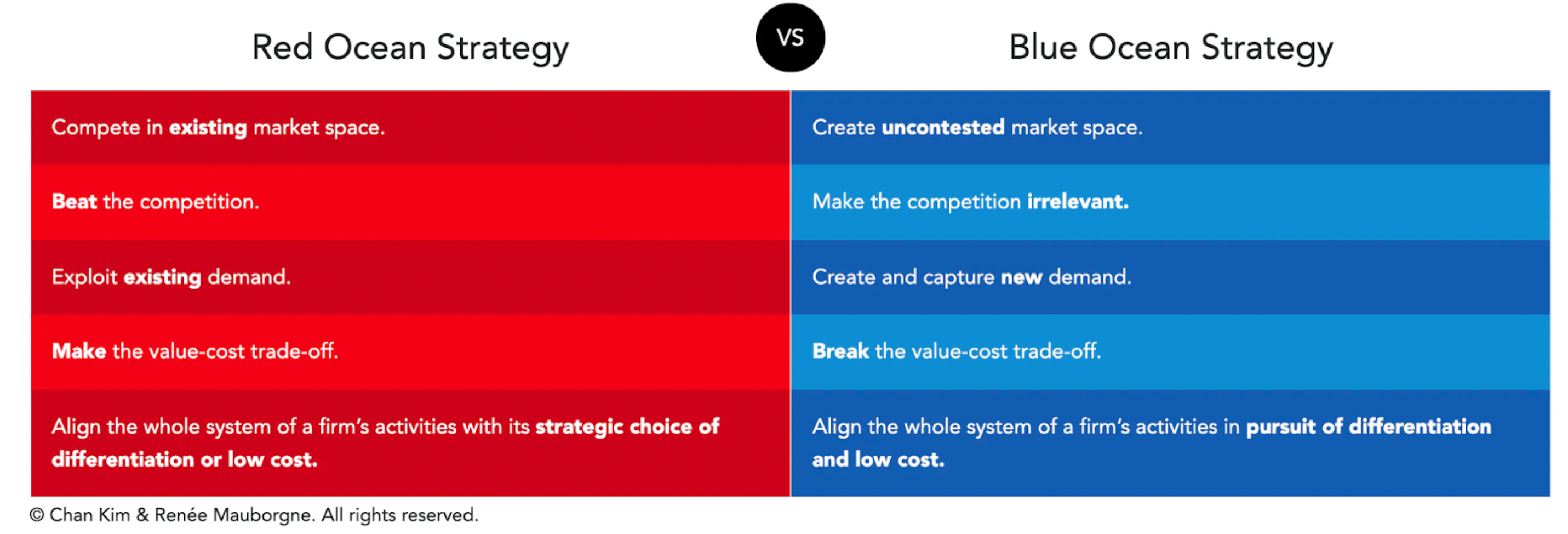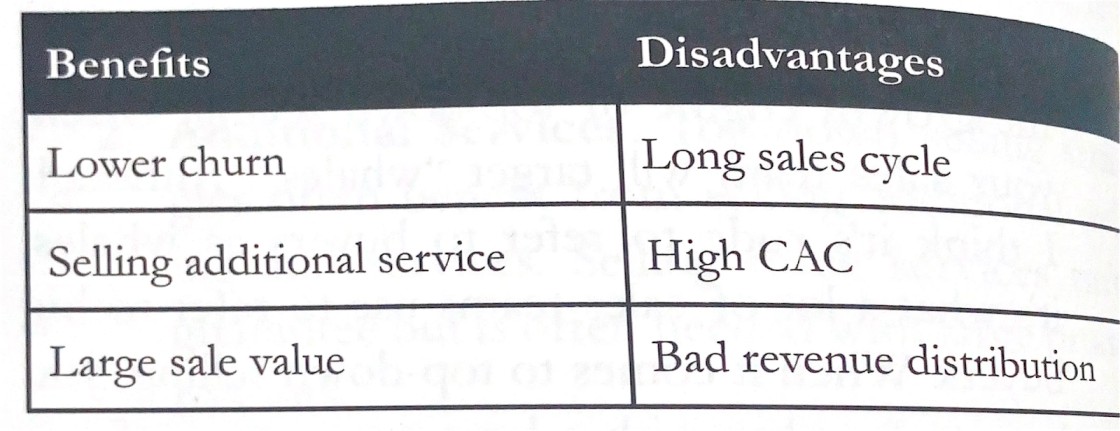Over the last decade, there has been a tremendous change in how people use and buy the software. Starting from the early days of Salesforce to the increasingly growing SaaS ecosystem of 2021, customers have been demanding the consumerization of SaaS products.
With an increase in tech-savviness among the general audience, buyers are preferring to make the purchase decisions by self-educating themselves through an app/website rather than going through a sales cycle.
Due to a gradual accumulation of such factors, the responsibility of igniting the growth engine in any SaaS startup has shifted onto the shoulders of the product team. But devising and deploying a product-led strategy that’s scalable across dimensions isn’t a child’s play.
This squeezed-form blog post is a condensed collection of notes on the why, what, and how of Product-Led Growth (PLG) strategy, reformatted concisely into bullet points and diagrams for the reader to refer back for a quick refresher on any specific section.
What’s inside:

For a SaaS business, there are three tidal waves/problems:
GTM: How the company will target customers and achieve a competitive advantage. There are two major types of GTM – Sales-Led and Product-Led.
The only way to sell is to talk to users.
✅ High Lifetime Value (LTV)
✅ Perfect for niche and small Total Addressable Market (TAM), to build relationships
✅ Perfect for a new market that needs to be educated
❌ High CAC -> pushes LTV -> increases price
❌ Leaky acquisition -> Only 2% of marketing qualified leads (MQLs)
❌ Organisation structure product innovation
❌ In SLG your primary Annual Contract Value (ACV) customers will drive the product and company
❌ In SLG, Sales marketing and success teams operate in parallel with the product team
In short, SLG would most likely fail in a SaaS setup, considering the above three tidal waves.
The Product team drives sales, marketing, and success.
In PLG:
😇 Marketing: Product is the lead magnet
👜 Sales: Product helps people understand our value
💯 Success: Product helps customers be independent
🔧 Engineering: Product minimizes time to value
In short, PLG tackles all three SaaS tidal waves.
There are three top sales strategies:
M — Market strategy: Is the GTM strategy dominant, disruptive, or differentiated?
O — Ocean conditions: Red Ocean or Blue Ocean business?
A — Acquisition: Top-down or bottom-up marketing strategy?
T — Time-to-value: How fast can you showcase value?
Examples- Netflix, Uber
🌟 Freemium is ideal: Control the sizeable chunk of the TAM, convert it into paid in large volumes.
😬 Free trial is also okay: Convert trial users quickly. It’s okay to shed off a market segment as well.
Checkboxes for dominant:
☑️ Is the TAM big enough?
☑️ Does the product do the job better and cheaper?
☑️ Are the time and effort to value low?
☑️ Do you want to capture a majority of the TAM?
🌟 Both free trial and demo work well because of fewer market alternatives and low time-to-convert
💸 Can charge a high premium
Checkboxes for differential:
☑️ Is the TAM underserved?
☑️ Can you afford a high ACV to support the sales team or have a superior free trial experience?
Examples – Canva for Adobe Photoshop’s market
🌟 Freemium model works best: It lets the customers try out the product, validate their use cases, and compare the alternatives themselves.
😬 Free trial can also apply: But it will have a less magnetic pull compared to freemium.
Checkboxes for disruptive:
☑️ Is the market full of overserved customers?
☑️ Is it a hyper-competitive market?
☑️ Is the TAM large enough for freemium?
☑️ Is freemium feasible?
🔴 Red Ocean companies: Outperform competitors to grab a greater share
🔵 Blue Ocean companies: Access an untapped market and create demand

🔵 Blue Ocean products:
🔴 Red Ocean products:
Bottom-Up or Top-Down. More on this here.
⏬ Top-Down:

⏫ Bottom-Up:
Benefits:
Disadvantages:
📊 Relevant trends:
Example- Slack
Which PLG model should be preferred for which Acquisition model?

New users should be able to experience the key outcome quickly and easily. More on this here.
Types of users:

To strengthen user motivation:
To strengthen ability:
All of these 4 combined makes up the MOAT frameworks – M: Market Strategy O: Ocean conditions A: Audience T: Time to value
Food for thought: Can a hybrid model work?
Hybrid 1: Launch a new product in-house
Hybrid 2: Go freemium, give a trial for premium
Hybrid 3: Go free trial of premium, give freemium afterward
UCD framework:
Why do people buy products?
🔧 Functional Outcome: The jobs that users are able to perform
😁 Emotional Outcome: How customers want to or avoid feeling while using the product
😎 Social Outcome: How customers want to be perceived by others using the product
What are value metrics?
The way you measure the value exchange in your product. It acts as the bridge between your revenue and customer acquisition models. More on this here.
Two types of value metrics:
A good value metric is
Use a data-driven approach to finding the right value metric:
Ensure that your customer acquisition strategy drives revenue growth.
How to treat pricing and customer acquisition right:
❌ Don’t overcomplicate the pricing page: Users check out your pricing like a five-second test
❌ Don’t create a free plan with no incentive to upgrade: Tricky because offering key features makes it more lucrative and burns more resources
❌ Don’t create a free plan robust enough for the users to downgrade conveniently
Four common pricing strategies:
a. Economic Value Analysis (EVA):
Sum of all the outcomes – Functional outcome, Emotional, and Social. Take the sum of all three outcome-based prices and divide by 10 – the common assumption is to help customers make 10x than what they paid you.
b. Market & consumer research:
Ask your customers how much price will be –
🤯 Too expensive: Won’t even give a thought
😅 Expensive: Have to think
😁 Bargain: A great deal
🤨 Too cheap: So inexpensive -> cheap quality
Ask users to categorize different prices into these 4 and find optimal the price:

Major elements of pricing page:
3 major types of value features:
👑 Leaders: Core features, included in all plans
🧑🤝🧑 Fillers: Some users need them, included in higher plans for ARPU (Average Revenue Per User)
👿 Bundle killers: Most of the users don’t care, included only in the highest plans
D: Delivering Value
Perceived value: What is communicated in marketing the product
Experienced value: What users get after using the product
Ideally, both should be equal but most companies struggle with it, thus creating an overall skepticism in the market.
Bigger the value gap – more churn, especially in freemium.
3 types of value gaps:

Analyze:
📥 Inputs: Resources put in for user acquisition and retention. Ex- Ads, Email campaigns, Onboarding flows, etc.

📤 Output: How does the input affect the product metrics. Output metrics should be macro enough to give a bigger idea of the business. Common ones- Signups, upgrades, ARPU, Churn, and ARR/MRR.
Measuring output for every input helps you in understanding what is working and what is not.
Ask:
🤔 Where do you want to go: What is your North Star metric and where do you want to take it?
🤔 Which levers can you pull to get it there: Three major focus areas.
Find out changing which number brings in maximum ARR jump.
🤔 Which inputs to focus on:
Choose the ones that
Act:
Bowling Alley Framework:
🎳 Bowling: Throwing the ball to knock maximum pins. The straighter the ball’s path the better. In the event of a bad throw, the ball goes into the side gutters. Similarly in a SaaS product, a streamlined onboarding process and few to no bad experiences prevent users from churning out.
😇 Bumper bowling: Installing multiple bumpers at multiple points on either side, to make sure that every throw hits at least one pin. Similarly in a SaaS product, we need to prevent churn by setting up multiple types of bumpers that nudge the user back on the right track.
🏁 2 major tasks:
Develop straight lines:
The shortest distance between the starting and ending points hit the maximum number of pins.
Help users understand the outcome in the easiest and least distracting way.
In SLG: ending point = purchase
In PLG: ending point = outcome
👉🏻 3 steps to develop straight lines:
a. Map out the path:
Revisit the onboarding journey like you are writing a tutorial – take a screenshot of each step and arrange them in order.
b. Label every step:
c. Develop the straight line:
Rather than having a combination of Red, Yellow, and Green tasks, prioritize Green > Yellow > Red and try to push the desired outcome as early as possible. Keep the Greens, remove the Reds, and delay the Yellows.
Develop Bumpers:
There are two types of bumpers:
a. Product bumpers: Help users adopt the product themselves.
Ex-
b. Conversational bumpers: Educate, set expectations, pull back, motivate to buy
Ex-
Three smart signals of conversational emails:
ARPU calculation:

How to optimize ARPU:
Three types of churn:
To analyze activity churn:
Rank users -> Rank customer accounts -> Calculate total score of the product (all users) -> Compare Cohorts -> Find correlations
To reduce churn:
Over the course of this post, we skimmed through the basics of a product-led growth strategy and how one can implement the same in their business. Product-Led GTM in contrast to the Sales-Led approach is more scalable, easier, and faster to implement.
This post is inspired by @Vishant_Batta’s Twitter thread based on reading notes of the book - Product-Led Growth by Wes Bush.